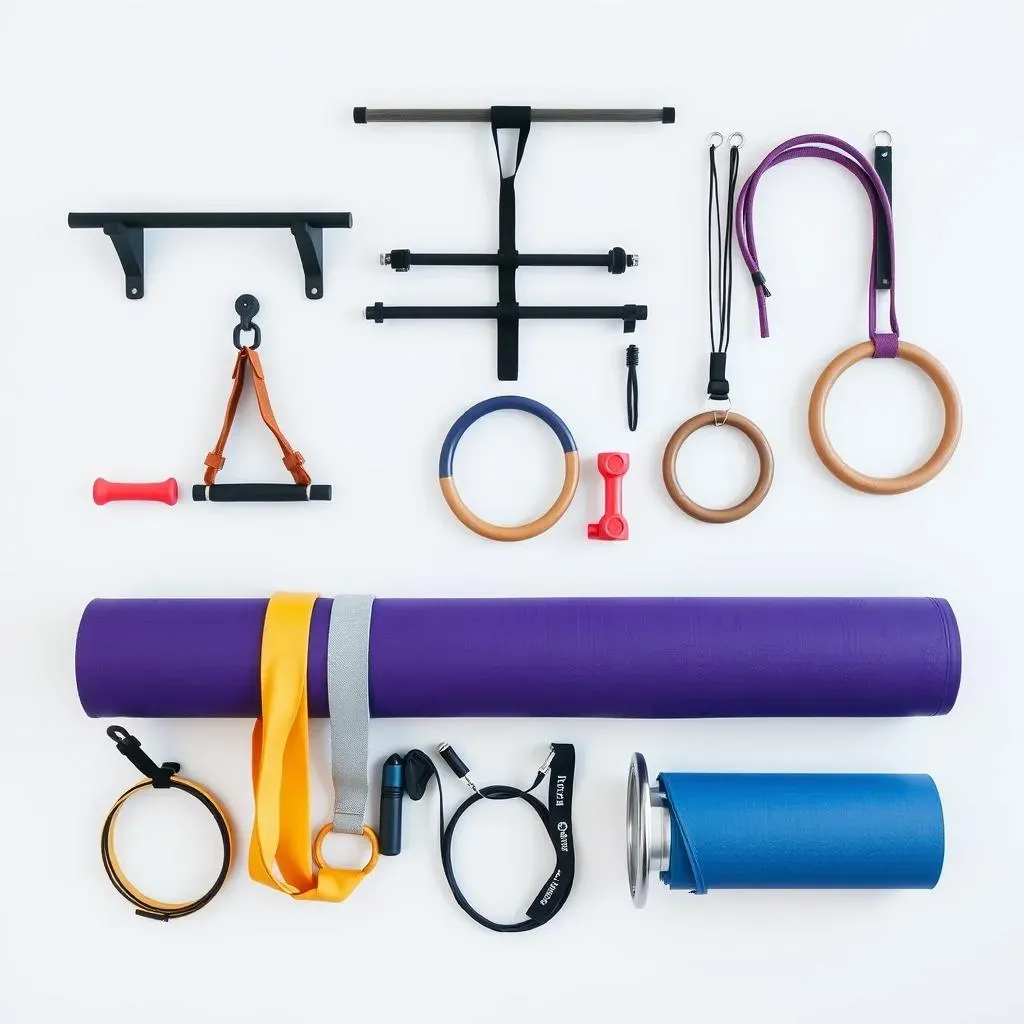Table of Contents
Calisthenics is a highly effective form of exercise that relies on bodyweight movements to improve strength, flexibility, and overall fitness. While it's possible to practice calisthenics with minimal equipment, having the right gear can enhance your workouts and help you progress to more challenging movements. In this article, we'll explore the essential equipment for calisthenics, discussing the must-have items for beginners and advanced athletes alike. From dip bars and resistance bands to gymnastic rings and yoga mats, we'll cover the equipment you need to take your calisthenics training to the next level. Whether you're just starting out or looking to upgrade your home gym, this guide will provide you with the knowledge to make informed decisions when it comes to choosing the best equipment for calisthenics. So, let's dive into the world of calisthenics equipment and discover the tools you need to achieve your fitness goals.
Introduction to Calisthenics Equipment for Calisthenics
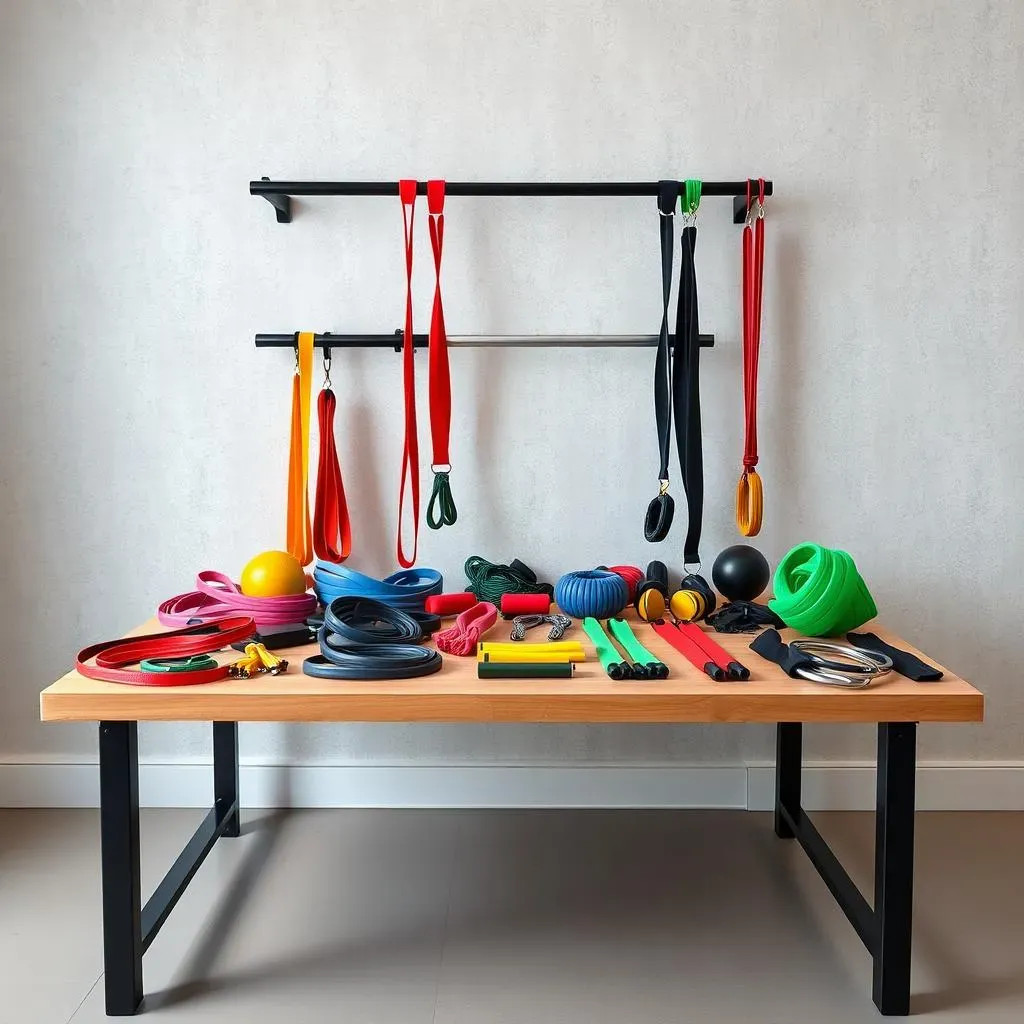
Introduction to Calisthenics Equipment for Calisthenics
What is Calisthenics Equipment?
Calisthenics equipment refers to the tools and gear used to enhance and support bodyweight exercises. While calisthenics can be practiced with minimal equipment, having the right gear can help improve your form, increase your range of motion, and allow you to progress to more challenging movements. Equipment for calisthenics can range from basic items like push-up bars and resistance bands to more advanced tools such as gymnastic rings and pull-up bars.
When it comes to choosing equipment for calisthenics, it's essential to consider your fitness goals, skill level, and the space where you'll be training. For beginners, investing in a few essential items can help you build a solid foundation and stay motivated. As you progress, you can add more specialized equipment to your collection. In this article, we'll explore the must-have equipment for calisthenics and provide tips on how to choose the right gear for your needs.
Equipment | Description | Benefits |
|---|---|---|
Push-up bars | Portable bars that allow for various grip positions | Improves form, reduces strain on wrists |
Resistance bands | Lightweight bands that provide varying levels of resistance | Increases strength, enhances mobility |
Gymnastic rings | Hangable rings for advanced movements | Builds strength, improves control and flexibility |
Benefits of Using Calisthenics Equipment
Using equipment for calisthenics can have numerous benefits, from improving your overall fitness to enhancing your workout experience. Some of the key advantages include:
- Increased range of motion: Equipment like push-up bars and gymnastic rings can help you move more freely and naturally.
- Improved form: Tools such as resistance bands and liquid chalk can assist in maintaining proper form and reducing the risk of injury.
- Enhanced progression: Equipment like pull-up bars and dip bars allow you to progress to more challenging movements and track your progress.
- Portability: Many calisthenics equipment options are lightweight and portable, making it easy to train anywhere.
By incorporating the right equipment into your calisthenics routine, you can take your workouts to the next level and achieve your fitness goals more efficiently. In the following sections, we'll dive deeper into the essential equipment for calisthenics and provide tips on how to choose the best gear for your needs.
Essential Equipment for Calisthenics
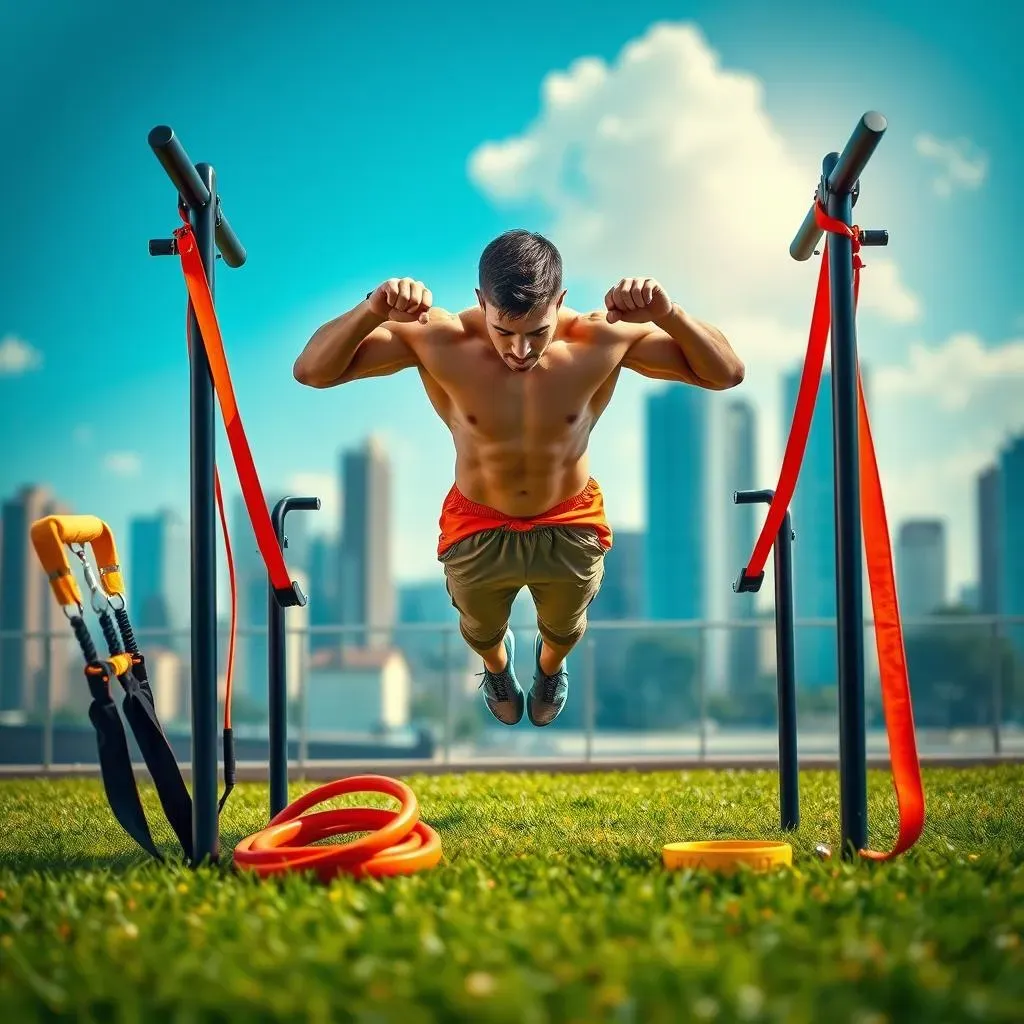
Essential Equipment for Calisthenics
Introduction to Essential Equipment
When it comes to calisthenics, having the right equipment can make a significant difference in your workouts. Essential equipment for calisthenics includes items that are necessary for building a strong foundation and progressing to more advanced movements. In this section, we'll explore the must-have equipment for calisthenics, including dip bars, mini parallettes, door frame pull-up bars, liquid chalk, resistance bands, and yoga mats.
These pieces of equipment are considered essential because they provide the necessary support and challenge for beginners and advanced athletes alike. For example, dip bars and mini parallettes allow for a variety of upper body exercises, while door frame pull-up bars enable you to work on your back and arm strength. Liquid chalk helps improve grip, reducing the risk of injury, and resistance bands increase the difficulty of exercises. A yoga mat provides a comfortable and non-slip surface for floor exercises.
Equipment | Benefits | Cost |
|---|---|---|
Dip Bars | Improves upper body strength, versatile | $20-$50 |
Mini Parallettes | Enhances upper body mobility, portable | $30-$70 |
Door Frame Pull-Up Bar | Builds back and arm strength, space-efficient | $10-$30 |
Must-Have Equipment for Beginners
For those just starting out with calisthenics, it's essential to invest in a few key pieces of equipment. Dip bars and mini parallettes are great for building upper body strength and improving mobility. A door frame pull-up bar is also a must-have, as it allows you to work on your back and arm strength. Additionally, liquid chalk and resistance bands can help improve your grip and increase the difficulty of exercises.
These pieces of equipment are not only affordable but also versatile, allowing you to perform a variety of exercises. For example, dip bars can be used for tricep dips, while mini parallettes enable you to perform L-sits and V-sits. Resistance bands can be used to add resistance to push-ups, rows, and other exercises.
- Dip Bars: $20-$50
- Mini Parallettes: $30-$70
- Door Frame Pull-Up Bar: $10-$30
- Liquid Chalk: $5-$10
- Resistance Bands: $5-$15
Advanced Equipment for Progression
As you progress in your calisthenics journey, you may want to consider investing in more advanced equipment. Gymnastic rings, for example, provide an excellent way to improve your upper body strength and control. A yoga wheel can help increase flexibility and deepen stretches. A weight belt or dip belt can be used to add weight to exercises, allowing you to progress to more challenging movements.
While these advanced equipment options may be more expensive, they offer a range of benefits that can take your workouts to the next level. Gymnastic rings, for instance, can be used for exercises like ring dips, ring push-ups, and ring rows. A yoga wheel can help you stretch deeper and improve your overall flexibility.
Equipment | Benefits | Cost |
|---|---|---|
Gymnastic Rings | Builds upper body strength, improves control | $50-$100 |
Yoga Wheel | Increases flexibility, deepens stretches | $20-$50 |
Weight Belt/Dip Belt | Adds weight to exercises, progresses movements | $10-$30 |
NonEssential Equipment for Calisthenics
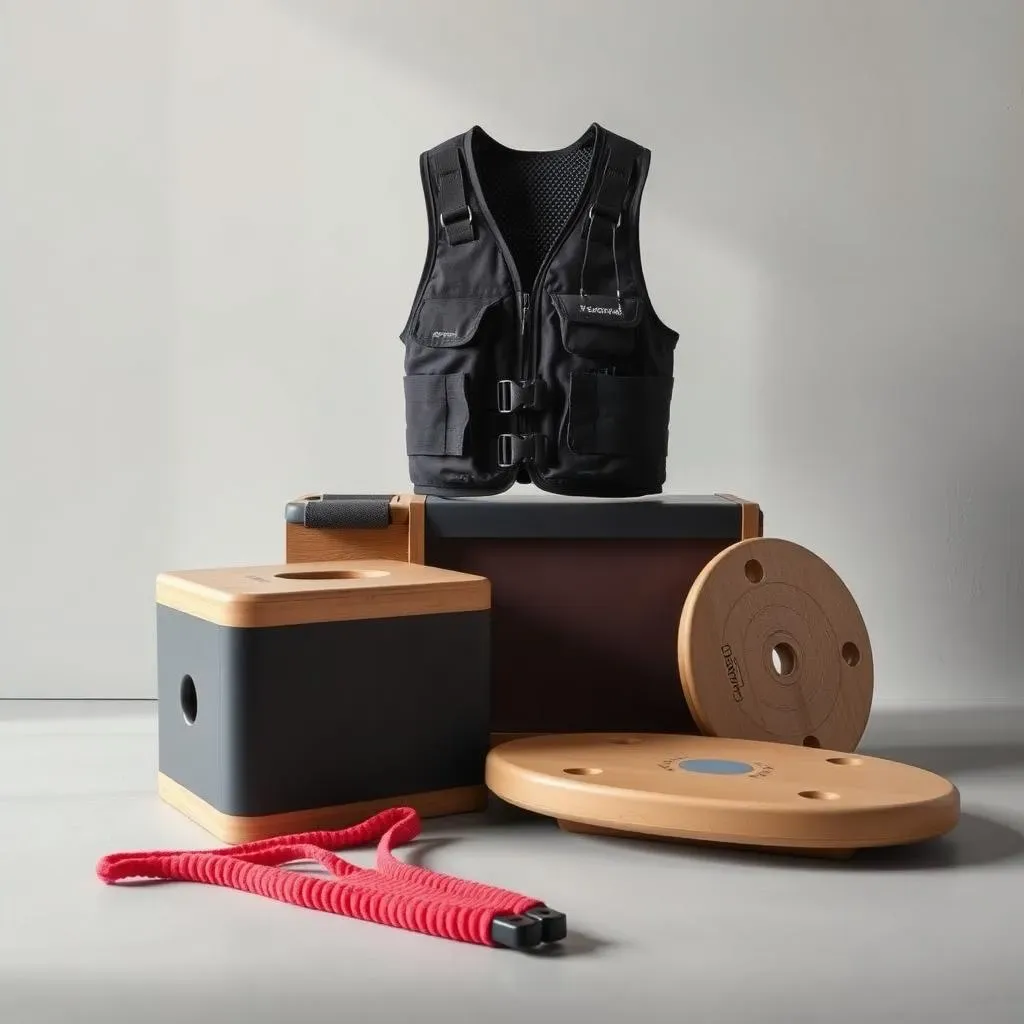
NonEssential Equipment for Calisthenics
Introduction to Non-Essential Equipment
While essential equipment for calisthenics provides the foundation for a solid workout, non-essential equipment can offer additional benefits and variety to your training. Non-essential equipment for calisthenics includes items that are not crucial for beginners but can enhance your workouts as you progress. In this section, we'll explore some of the non-essential equipment options available, their benefits, and how they can be incorporated into your routine.
Non-essential equipment for calisthenics can include items like a weight vest, a plyometric box, or a balance board. These tools can help improve your overall fitness by adding variety to your workouts and challenging your body in new ways. For example, a weight vest can increase the intensity of your workouts by adding weight to your body, while a plyometric box can improve your explosiveness and power. A balance board can help enhance your balance, stability, and overall core strength.
Equipment | Benefits | Cost |
|---|---|---|
Weight Vest | Increases intensity, improves strength | $20-$50 |
Plyometric Box | Enhances explosiveness, improves power | $30-$70 |
Balance Board | Improves balance, stability, and core strength | $20-$50 |
Benefits of Non-Essential Equipment
Non-essential equipment for calisthenics offers several benefits that can take your workouts to the next level. Some of the key advantages include:
- Increased variety: Non-essential equipment can add variety to your workouts, reducing boredom and preventing plateaus.
- Improved challenge: Equipment like weight vests and plyometric boxes can increase the difficulty of exercises, helping you progress and build strength.
- Enhanced functional fitness: Tools like balance boards can improve your balance, stability, and overall functional fitness.
By incorporating non-essential equipment into your calisthenics routine, you can experience new challenges, improve your overall fitness, and add variety to your workouts. However, it's essential to remember that non-essential equipment should be used in conjunction with essential equipment and not as a replacement.
Tips for Using Non-Essential Equipment
When using non-essential equipment for calisthenics, it's crucial to follow proper form and technique to avoid injury. Here are some tips to keep in mind:
- Start slow: Begin with lower weights or resistance and gradually increase as you become more comfortable.
- Focus on form: Proper form and technique are essential when using non-essential equipment.
- Listen to your body: If you experience any discomfort or pain, stop immediately and rest.
Additionally, it's essential to choose high-quality equipment that is durable and safe. Be sure to read reviews and do your research before making a purchase. With the right equipment and proper technique, you can take your calisthenics workouts to new heights and achieve your fitness goals.
Tips for Buying Equipment for Calisthenics
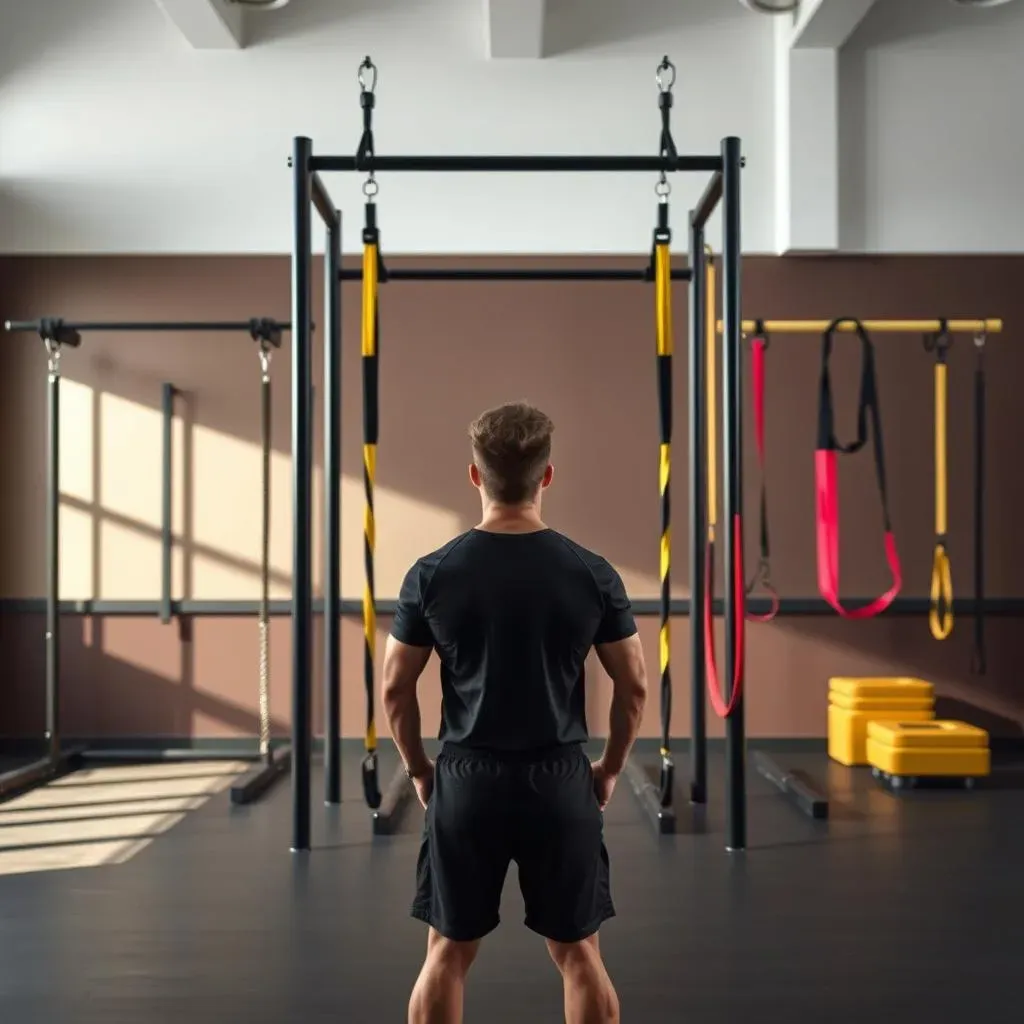
Tips for Buying Equipment for Calisthenics
When it comes to buying equipment for calisthenics, it's essential to consider several factors to ensure you get the right gear for your needs. Here are some valuable tips to keep in mind:
- Define your goals: Determine what you want to achieve with your calisthenics training. Are you a beginner looking to build strength, or an advanced athlete seeking to progress to more challenging movements?
- Assess your space: Consider the area where you'll be training. If you have limited space, look for compact and portable equipment.
- Set a budget: Decide how much you're willing to spend on equipment. Essential items like dip bars and resistance bands can be affordable, while more advanced gear may require a larger investment.
- Research and compare: Look for reviews and compare prices to ensure you're getting high-quality equipment at the best price.
- Check durability: Choose equipment that is durable and can withstand regular use.
Additionally, consider the versatility of the equipment. Can it be used for multiple exercises, or is it limited to a single movement? Investing in versatile equipment will save you money in the long run and provide more value for your workouts.
Equipment | Price Range | Durability |
|---|---|---|
Dip Bars | $20-$50 | High |
Resistance Bands | $5-$15 | Medium |
Gymnastic Rings | $50-$100 | High |
By following these tips, you'll be able to find the right equipment for your calisthenics journey and make the most of your workouts.
Conclusion: Choosing the Right Equipment for Calisthenics
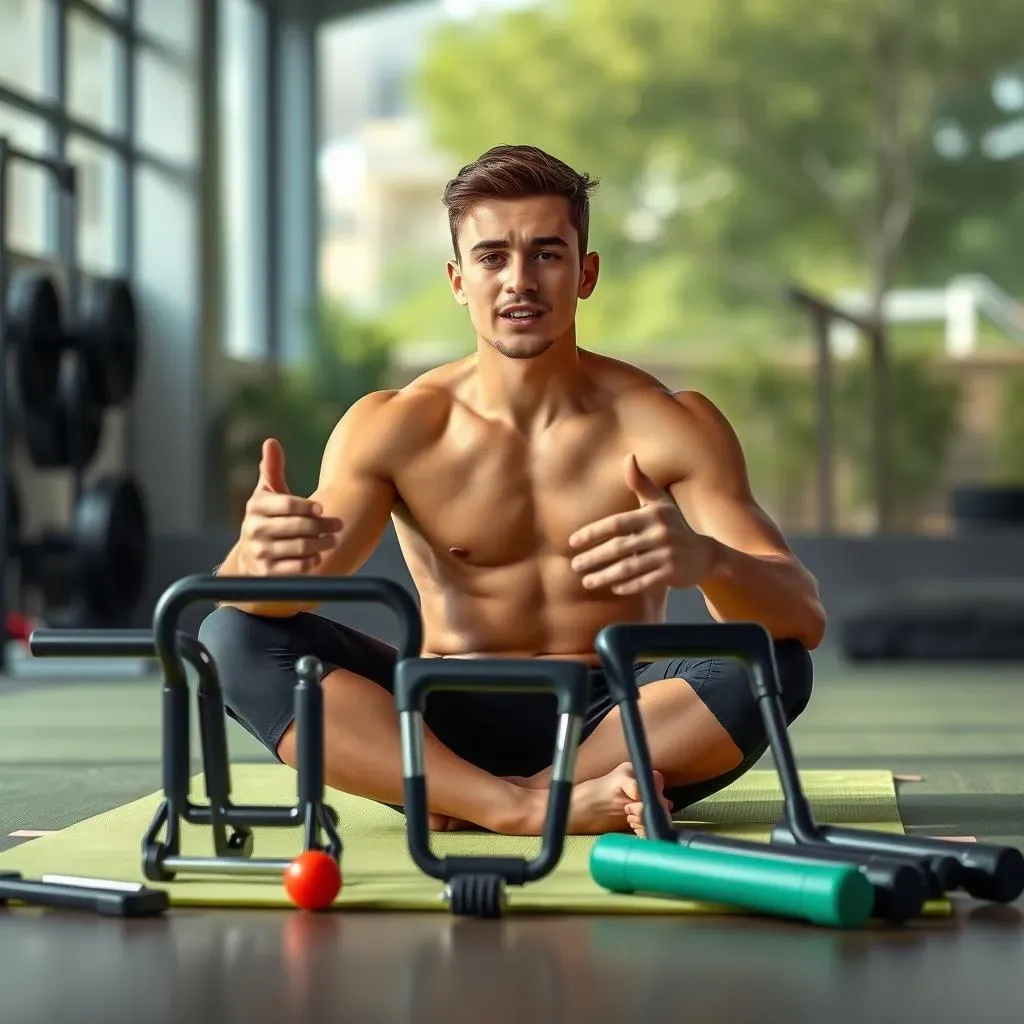
Conclusion: Choosing the Right Equipment for Calisthenics
When it comes to selecting the right equipment for calisthenics, it's essential to remember that everyone's journey is unique. What works for one person may not work for another, so it's crucial to consider your individual needs and goals. Whether you're a beginner or an advanced athlete, investing in high-quality equipment can make a significant difference in your progress and overall workout experience.
As we've explored in this article, essential equipment like dip bars, mini parallettes, and resistance bands provide a solid foundation for calisthenics training. Non-essential equipment, such as gymnastic rings and yoga wheels, can add variety and challenge to your workouts. When choosing equipment, consider factors like durability, versatility, and cost to ensure you're getting the best value for your money.
Equipment | Benefits | Cost |
|---|---|---|
Dip Bars | Improves upper body strength, versatile | $20-$50 |
Mini Parallettes | Enhances upper body mobility, portable | $30-$70 |
Gymnastic Rings | Builds upper body strength, improves control | $50-$100 |
Remember, the right equipment can help you achieve your fitness goals and enhance your overall calisthenics experience. Take the time to research, compare, and invest in gear that meets your needs and budget. With the right equipment and a bit of dedication, you'll be on your way to becoming a calisthenics pro in no time.
- Start with essential equipment and gradually add more advanced gear as you progress.
- Consider durability, versatility, and cost when selecting equipment.
- Don't be afraid to try new things and adjust your routine as needed.
At calisthenicsfrance.com, we're passionate about helping you achieve your fitness goals. Whether you're just starting out or looking to take your workouts to the next level, we're committed to providing you with the best equipment and expert advice to support your calisthenics journey.
Conclusion: Investing in the Right Equipment for Calisthenics
In conclusion, the right equipment for calisthenics can make a significant difference in the effectiveness and enjoyment of your workouts. By investing in essential items such as dip bars, resistance bands, and gymnastic rings, you can challenge yourself, improve your form, and achieve your fitness goals. Remember to prioritize quality, versatility, and durability when selecting equipment for calisthenics. Whether you're a beginner or an advanced athlete, the right equipment will help you unlock new movements, build strength, and enhance your overall calisthenics experience. Visit calisthenicsfrance.com for more information on calisthenics equipment and training. With the right gear and a bit of dedication, you'll be well on your way to mastering the art of calisthenics and achieving a stronger, healthier you.
